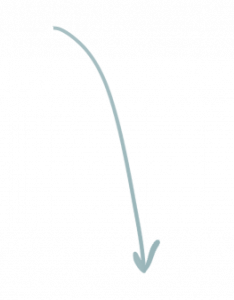One group in particular has fallen seriously under the radar of most Americans this year: the Indigenous community. Native peoples are among the hardest hit by the COVID-19 pandemic, and have been some of the most overlooked. In fact, Native tribes sued the United States Treasury for failing to provide billions of dollars of stimulus funding to tribes. When they finally saw some aid arrive, it wasn’t nearly the amount they’d been promised.
This problem of neglect and mistreatment is, sadly, not a new problem. Unfortunately, COVID-19 is only the most recent example of a long history of prejudiced treatment toward Native American tribes. It’s a problem so embedded into our history that many of us aren’t even aware of it. Here’s what you may not know about the unique problems faced by Native tribes, and how you can help.

What’s Really Happening in Native Communities?
Native tribes have been mistreated since the Americas were colonized. Tribes have been victims of genocide, devastating foreign diseases, warfare, and too much more. Nowadays, the social, economic, and cultural problems they face because of this mistreatment are incredibly pervasive and have a devastating impact on their communities. Much of the Native population lives in poor-quality housing, and suffers from impoverishment and unemployment, especially since the Great Depression.
“Tribes have been victims of genocide, devastating foreign diseases, warfare, and too much more…”
Native teenagers are often compelled to leave their tribes because of this economic disparity, which in turn causes a loss of Native culture among the younger generations. This video provides valuable insight from young Native Americans about the struggles and persecution faced by their tribes, and the beauty of Native culture.
Native Tribes and COVID-19
Unfortunately, Native tribes are no stranger to being disproportionately affected by devastating pandemics and economic downfalls. The onslaught of COVID-19 is no different. Native peoples have had confirmed cases of COVID-19 three times higher than whites. Much of this disparity is due to chronic underfunding of the Indian Health Service (IHS) and the generally poor and populous living conditions among Native tribes.
“Native peoples have had confirmed cases of COVID-19 three times higher than whites.”
This video is a great resource to learn more about why Native tribes are being disproportionately affected by COVID-19.
How You Can Help
Fortunately, there are several ways you can provide direct help to Native tribes in these trying times. Here are a few GoFundMe pages you can donate to that will provide COVID-19 relief:
Arizona Native American COVID-19 Relief Fund
Native American COVID-19 Community Relief Fund
Contribute to the Native American Relief Fund
. . . .
Another great way to directly help Native communities is by supporting their businesses and following Indigenous creators to stay educated and aware. Here are a few we recommend checking out:
View this post on Instagram
View this post on Instagram
b.Yellowtail: A fashion & accessories brand that specializes in storytelling through wearable art
Beyond Buckskin Boutique: From jewelry to fashion pieces, this boutique has all the cute essentials you can think of for your everyday look.
SheNative: A leather handbag and apparel brand founded by entrepreneurial Native women
Trickster Company: An Indigenous-owned apparel, paper, home goods, and sports company, well known for their leggings
NotAbove: A handcrafted jewelry company with a focus on the Native American language.
**COVID-19 has shown all of us the importance of supporting small, local businesses. The next time you’re shopping for anything in the above categories, please consider supporting one of these Native-owned businesses and funding the Indigenous economy.

We hope this post inspired you to take action to support Indigenous communities throughout the United States. Let us know in the comments how you choose to offer your support! If you have any additional information, please share with us.
If You Enjoyed This Article, You May Also Like:
What You Need to Know About the Current Crisis in Lebanon and How to Lend a Helping Hand
Here’s The 411 On Period Poverty, And How You Can Support Women’s Lives Globally

